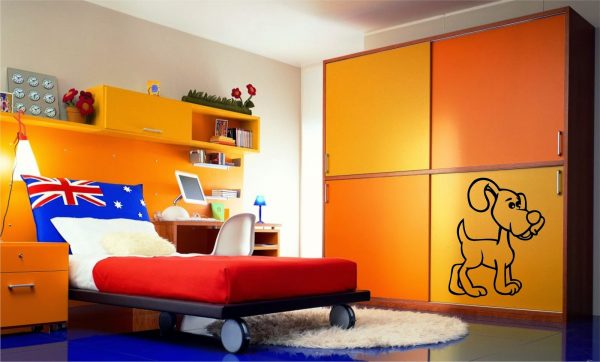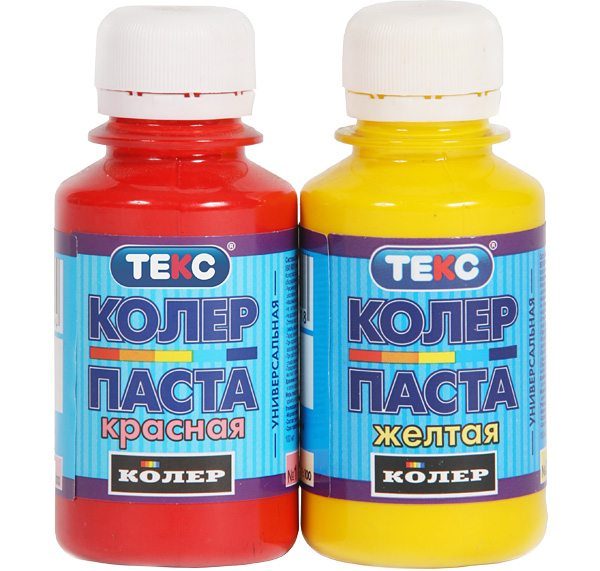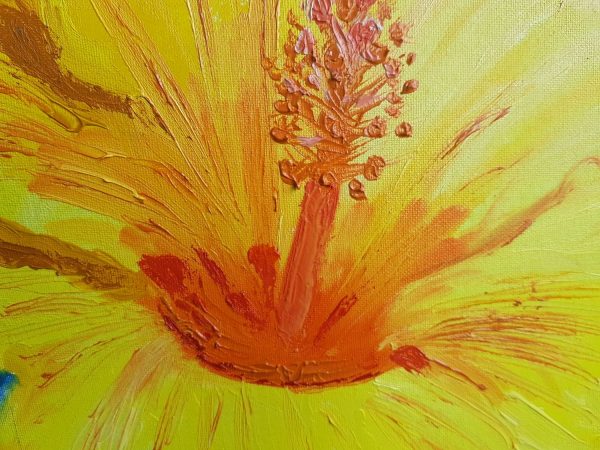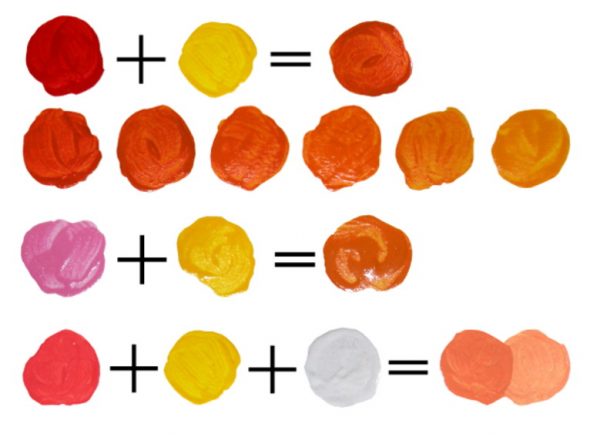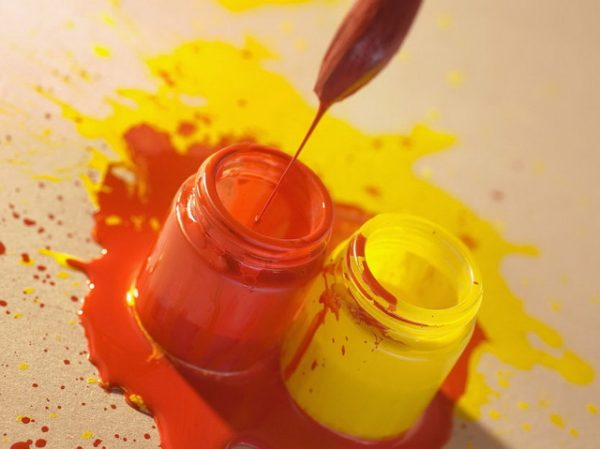Designers who are involved in interior design, as well as artists often encounter the lack of a particular shade in the palette. If when repairing an apartment you can do just that - give the paint for tinting, then when drawing a picture you will have to look for the right tone in the shops. There is a much easier option - to make up the color when mixing paints. The way to get the orange color is simple and requires only basic tones.
- Orange Properties
- How to get an orange color
- Mix preparation
- Color process
- Correct proportions
- Work with oil and acrylic paints
- Various orange options
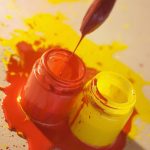
Orange Properties
In the color wheel, orange is between red and yellow. In psychology, he is considered a symbol of youth, fun, enjoyment, a holiday of life, which is why children and positively thinking people love him so much. Unlike red, which is one of the most aggressive in the color palette, orange received the softening effect of yellow, therefore it became juicy, saturated, but not annoying. However, when used in the interior you need to act carefully, diluting it with paler shades.
Bright orange color is most often used for coloring children's rooms, departments with goods for children. It is also popular as a shade of the walls of cafes, fast food restaurants, political headquarters, grocery stores, shopping centers. If this tone prevails in clothes, it is considered that a person is optimistic, has an active life position.
to contents ↑How to get an orange color
Creating orange is easy when mixing colors. For this purpose, gouache, watercolor, acrylic and other paints and even plasticine are used. You can mix colors in a glass jar, on a white palette - both options will be convenient.
Mix preparation
In order for the final color to turn out to be correct and suitable for a specific task, you need to choose the same type of paint from the same manufacturer (by code, number). Otherwise, the result can be unpredictable, because the density and brightness of the materials will begin to vary. To work, you need yellow, red paint, from which they get a classic orange tone. For other options, other paints may be needed.
to contents ↑Before you start mixing shades, it is important to make sure that there are no dirt, dust on the table, and the containers for connecting paints are also clean. Professional artists often combine colors directly on paper or canvas, but this method requires skill and is not recommended for beginners. Also, to work, you need to prepare a brush or several brushes for taking materials.
Color process
How to make orange color from paints? The easiest way is to get combined tones from gouache, which is easily mixed with a brush. You need to take a little yellow dye, add a drop of red, mix thoroughly. Depending on the need, red should continue to be added or the result should be left in its original form. When working with watercolors, you need to drip on a palette of water, after you enter both paints, combine them, it turns orange.
to contents ↑To make yellow-orange paint directly on paper, the colors are mixed with strokes. If red is below and yellow is applied, the tone will be dark orange. To create a lighter shade, they act in the opposite way.It is important that the brush is completely cleaned of impurities, otherwise the shade will look dirty.
Correct proportions
The amount of red, yellow paint will depend on the desired saturation of the tone. If the proportions are equal, then the color will become classic - familiar to everyone, bright orange. In order for the shade to be light, yellowish-golden, a yellow tone should prevail, and more red is added to create a fiery color.
Work with oil and acrylic paints
A feature of oil dyes is the depth of tone, high density, oily structure. They must be mixed much more thoroughly than gouache, watercolor. Artists use layer-by-layer smears on the canvas using the “red to yellow” or “yellow to red” technique, depending on the desired effect. You can lighten the finished tone with white oil paint. It is important not to combine more than three different shades at the same time, otherwise there is a risk of stratification of the paint or a color with a grayish tint.
When using acrylic materials, smears are applied next to each other, at close range. After they begin to mix gently to get the desired tone. Acrylic paints can be combined in a transparent container, without forgetting to use solvents if the base is too thick. Also, solvents will help to somewhat slow down the drying process, which will be necessary if you need to experiment with color. When working with acrylic, it is better to use a synthetic brush, with oil - natural.
to contents ↑Various orange options
The orange tone has many different variations. Light shades refer to pastel colors and are created by adding white tones. There is another option for making a light orange palette: you can combine soft yellow and pink in equal proportions.
Coral color is located in the middle between pink and orange. To obtain it, you need to connect equally:
- red-orange;
- white;
- pink.
The finished color will be bright, tropical, it is perfect for painting and decoration. Exquisite peach tone can be obtained by such combinations:
- coral, yellow, white;
- orange, pink, yellow, white;
- red, pink, yellow, white.
Red color also refers to the orange range. It can be done quite simply: take the finished orange color and introduce a drop of brown. It is desirable that in the orange base at the same time there is more red color. To create a terracotta, a little blue and as much purple are dripped into orange-red. To lighten the terracotta, add a little white. To darken the orange, you can use gray. Black is considered unsuitable for this: it strongly drowns out the main tone, removes brightness. In any case, experiments are only welcome: they help to get new, unusual shades, making the artist's work unique.

